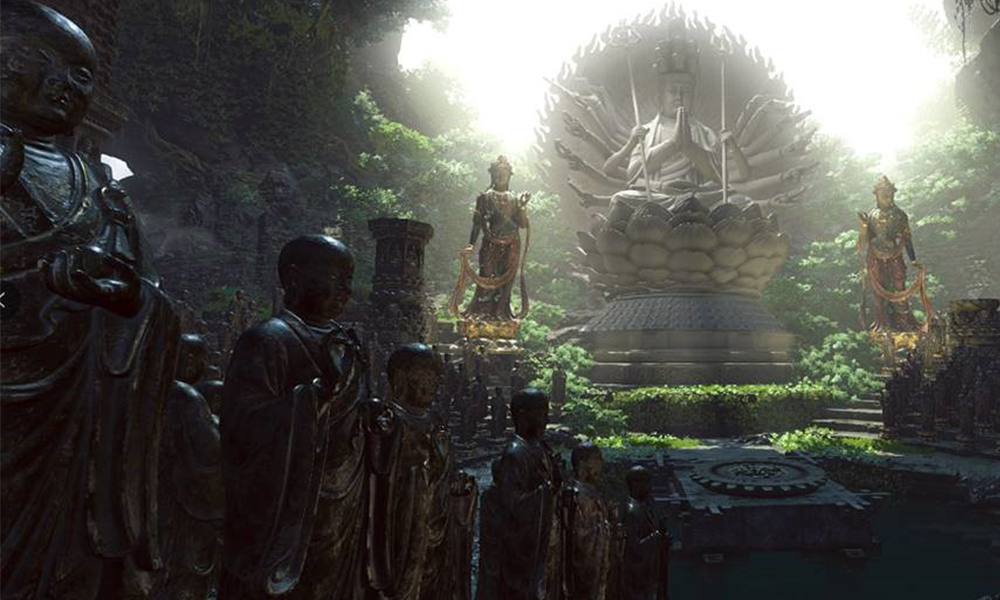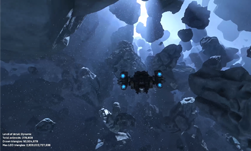At GDC 2019, NVIDIA’s Manuel Kraemer took to the stage to discuss the practical implementation of “in-pipe” GPU culling and level of detail algorithms with Turing’s new mesh shading technology.
In the full GDC video, which can be seen here, Manuel uses the context of the DX12 Asteroids Demo to demonstrate how programming shading for geometry topology will revolutionize the rasterization pipeline.
In the five-minute excerpt below, Manuel details the advantages of mesh shading, and details optimal use cases.
“Every time you have a piece of fixed-function silicone, you will be struggling against a maximum amount of bandwidth,” explains Manuel. “That process doesn’t scale. With mesh shading, you can work within a process that is entirely programmable. Your input will scale to all the cores on the GPU. You won’t have any more bottlenecks left in the middle of your geometry pipeline.”
The power and flexibility of mesh shading is particularly useful when working with “big” geometry (culling), LoDs, procedural instancing (such as vegetation and hair), and iso-surfaces (like fluids).
By joining NVIDIA Developer, you will be able to access all of the NVIDIA GDC 2019 talking in their entirety, including Asteroids Mesh Shading with DX12.










